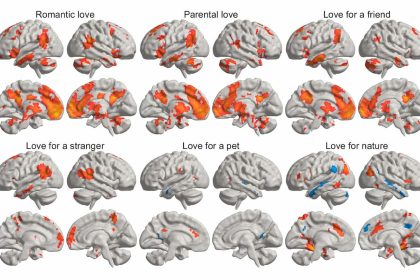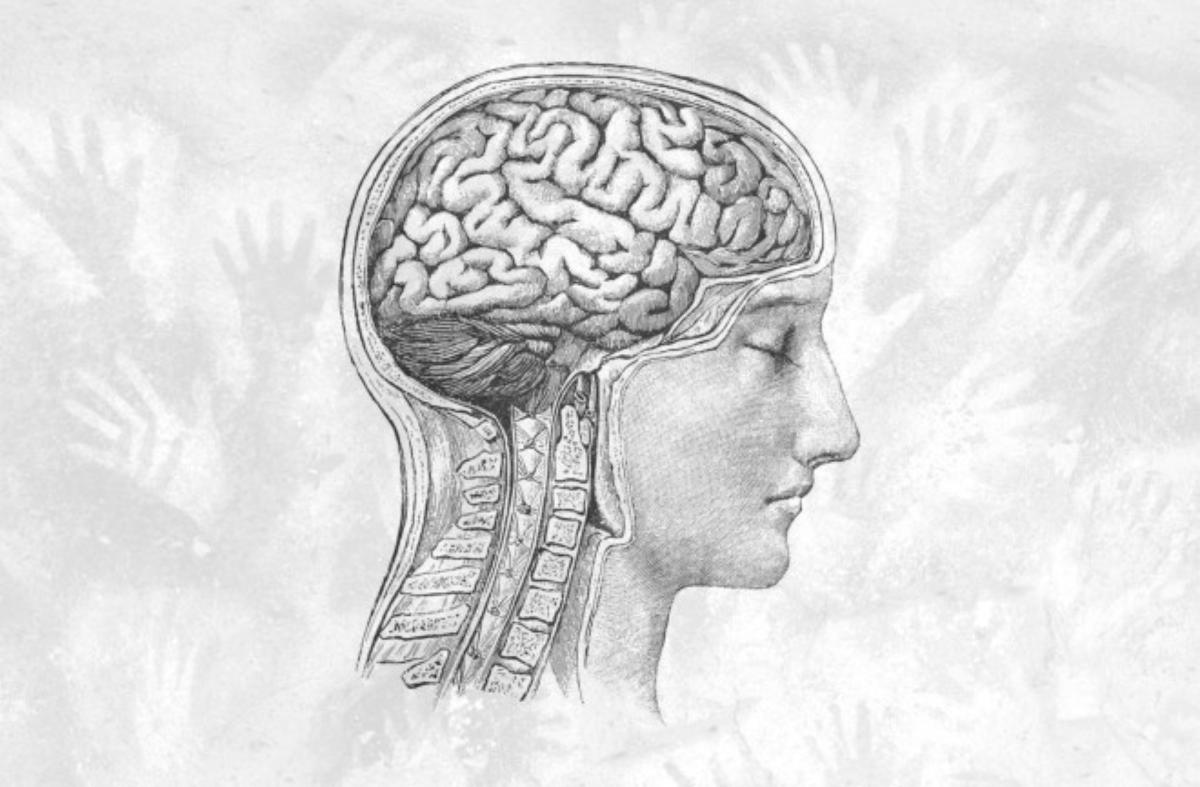How is it possible to accustom ourselves to enjoy a flavor that previously had a repulsive taste? There is a widespread consensus among coffee consumers that coffee has an unpleasant flavor, especially when first sipped. Despite this, they identify themselves as coffee enthusiasts. Then they will tell you, “You just have to get accustomed to the taste.” “You learn to enjoy the taste,” even if it’s something unpleasant like a bitter alcoholic beverage, a hot dish, or the smell of cigarettes. But how does it even work? How can we overcome our dislike for flavors that are unpleasant?
Humans have the most bitter taste receptors, with around 25 distinct ones identified. Sweets, on the other hand, only have one receptor. Frogs have roughly 50 bitter receptors, coelacanth fish have about 70, while penguins only feel salty and sour flavors.
A defensive purpose
To begin, the ability to detect bitter flavors serves a defensive purpose. Poisonous or inedible plants are often bitter, which almost immediately discourages humans from consuming them. As a result of this, this protective reflex is still very potent in children, who tend to put a lot of items in their mouths as they investigate their surroundings. Despite this, there are a lot of individuals who really like things that make other people grimace. Coffee, for example, has a taste that is at first revolting, but most people grow to appreciate its flavor after giving it some time to grow on them.
It is about experience and time
For one thing, it’s all a question of becoming used to an unpleasant taste; the more often we are exposed to it, the less it affects us after the first few times we experience it. This is mostly because the first warning becomes less effective over time, assuming that the sour flavor does not result in unfavorable experiences. If you felt queasy after drinking just a little bit of coffee, you probably won’t ever get accustomed to the taste of coffee.
Positive reinforcement is what matters
However, the concept known as positive reinforcement is the most significant factor in determining behavior. The mere absence of a bad experience is insufficient to make the flavor desirable on its own. On the other hand, if an occurrence is followed by a beneficial result, then the response to the occurrence will supersede the unpleasant warning signal. Caffeine, which is found in coffee, for example, is what causes this energizing effect. This reinforcement may also happen when the activity is done with other people, like when you have coffee and cake with friends or family.
How it works?
To put it another way, our brain is capable of learning two different things. To begin, the flavor isn’t all that horrible. Second, the flavor has pleasant after effects on the person. The initial aversion is gradually transformed into something else entirely in the end.






